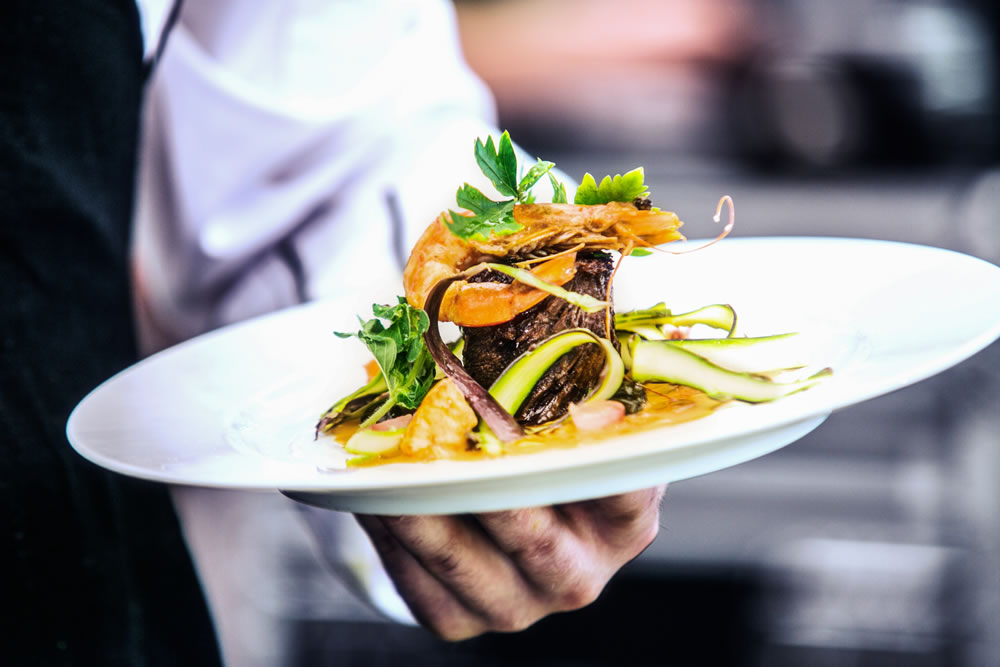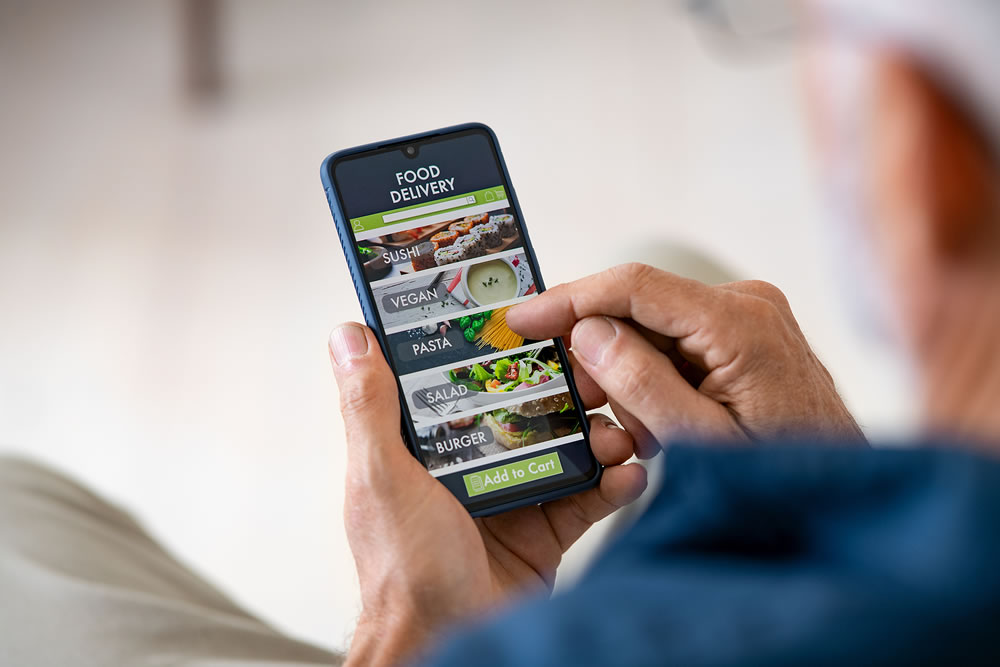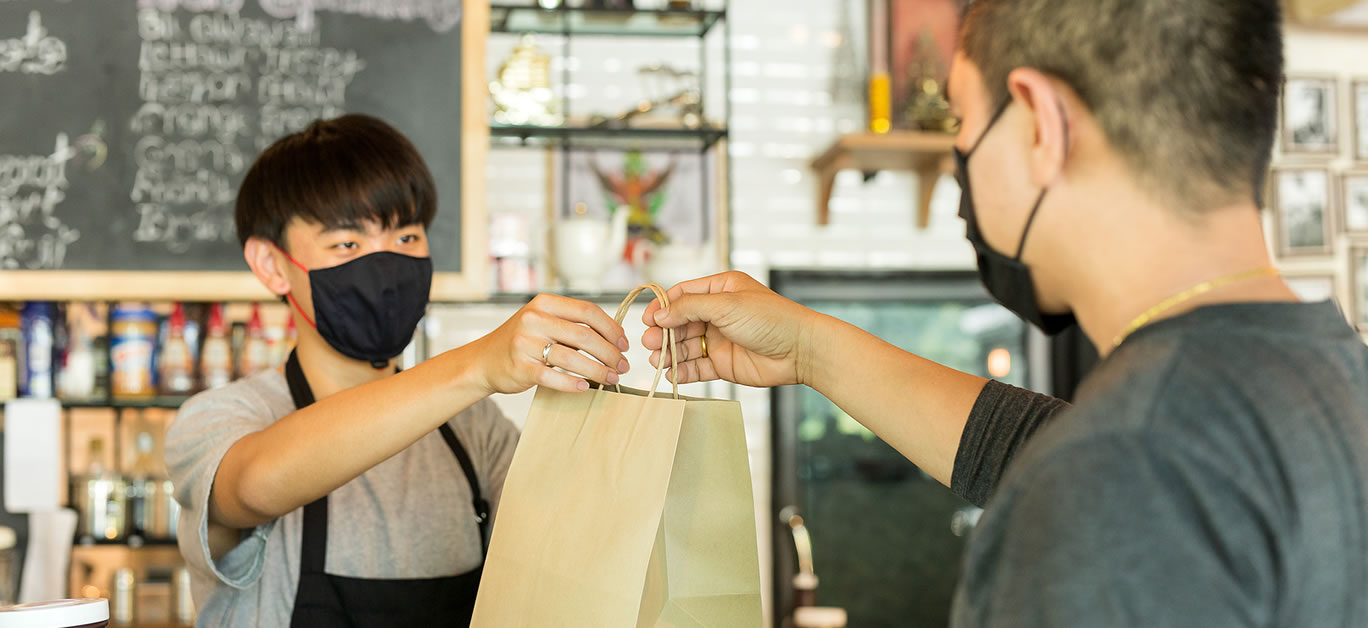There’s no denying that 2020 has been an unusual year, and one that has presented an entirely unique set of challenges to people in almost all walks of life and society – whether that be adapting to working from home or doing food shopping solely online, to socially distanced socialising and mask wearing while out and about.
It’s safe to say that it’s been an ‘unprecedented’ experience – and no doubt that’s one word we’ve heard to describe it more times already this year than we’d like. From travel to hospitality, banking to fitness, almost every industry and sector has had to adapt quickly to the ever-changing Covid landscape in order to survive, transforming the way we live and work in almost every conceivable way.
Despite the impact on almost all UK businesses, one industry that has had to adapt more quickly than many to the ‘new normal’ and transform its way of doing business is the food and drink sector, which has arguably been one of the worst hit by lockdown and the fall-out since – second, of course, to the travel industry.

Fine dining restaurants, in particular, have been particularly hard hit. In eateries like these, it’s not just about using the very best and freshest local ingredients to create an impressive array of dishes that are certain to please customers’ palates – it’s about service and presentation, too. Moving towards takeaway offerings and online ordering systems is a departure from the norm for these high-flying restaurants, and something that seems almost contradictory of all that they are – but in these challenging times, it’s adapt or die, and for the majority, it’s an easy choice.
At the height of the UK lockdown – when many restaurants were forced to choose between closing entirely or simply operating a takeaway or delivery service – many initially chose the former rather than compromise on their impeccable standards. But as the pandemic rages on, it has quickly become clear that change is for the long-term, and with social distancing measures meaning a reduced capacity for many restaurants, offering a takeaway service has opened up a new stream of income that for many businesses, has been their saving grace.
In many cases, it’s been about having to let go of perfection, accepting that artfully presented dishes might not have quite the same impact when served up in cardboard takeaway containers, and without a maitre’d or sommelier to provide a seamless dining experience from start to finish. But in the year of Covid-19, who is anyone to judge? And it’s amazing to see how quickly customers have adapted themselves to the changes, with most now only too happy to have a Michelin-starred banquet served up in the comfort of their own home.

Although the adaptations made in the luxury fine dining world are perhaps the most surprising, the UK takeaway market as a whole is booming, once again as a knock-on effect of the Covid-19 pandemic – and a recent survey by Statista found that a huge 86% of 18-34-year-olds have been using takeaway services more this year than ever before. In the over 55s, the number us is as high as 44% – with many ‘older’ and ‘high risk’ groups having been forced to stay home under stricter measures than the rest of the population for much of the year.
It’s not just our eating habits that have changed though; it’s how we pay for them, too. 2020 has seen cash gradually phased out in restaurants and bars around the country, with many requiring customers to use QR codes to access apps that allow them to order and pay online. Since the start of the pandemic, cash usage is thought to have decreased by an enormous 50% as fears around handling bank notes – which could potentially harbour the virus for periods of up to four weeks – have grown. Contactless payments are at an all-time high, too – leading many to question whether these changes could turn out to be permanent.
What the future holds for the hospitality industry remains to be seen, but one thing that is almost certain is that some of the changes are here to stay – at least in the short term. As we head towards 2021, we can expect to see restaurants and bars innovating more than ever in a bid to overcome the ongoing challenges they are facing, creating a ‘new normal’ in how we eat, drink and socialise.






















